
Exploring the Beauty of California’s Lupine
The lupine, with 55 native species in California, stands as a vibrant testament to the state's rich biodiversity. Interestingly, the scientific name Lupinus is derived from the Latin word for "wolf," reflecting the ancient misconception that they depleted minerals from the soil like a wolf. Contrary to this belief, lupines actually enhance soil fertility by fixing nitrogen from the air, which benefits other plants.peaks to an ancient belief that lupines robbed the soil of nutrients, though in truth, they enrich it by adding nitrogen.
In the ecosystem, lupines are not just a spectacle of beauty but also offer habitat and food that support the caterpillars of butterfly and moth species, as well as bees, hummingbirds and other important pollinators. These interactions, among others, highlight the importance of native plants in maintaining healthy ecosystems.
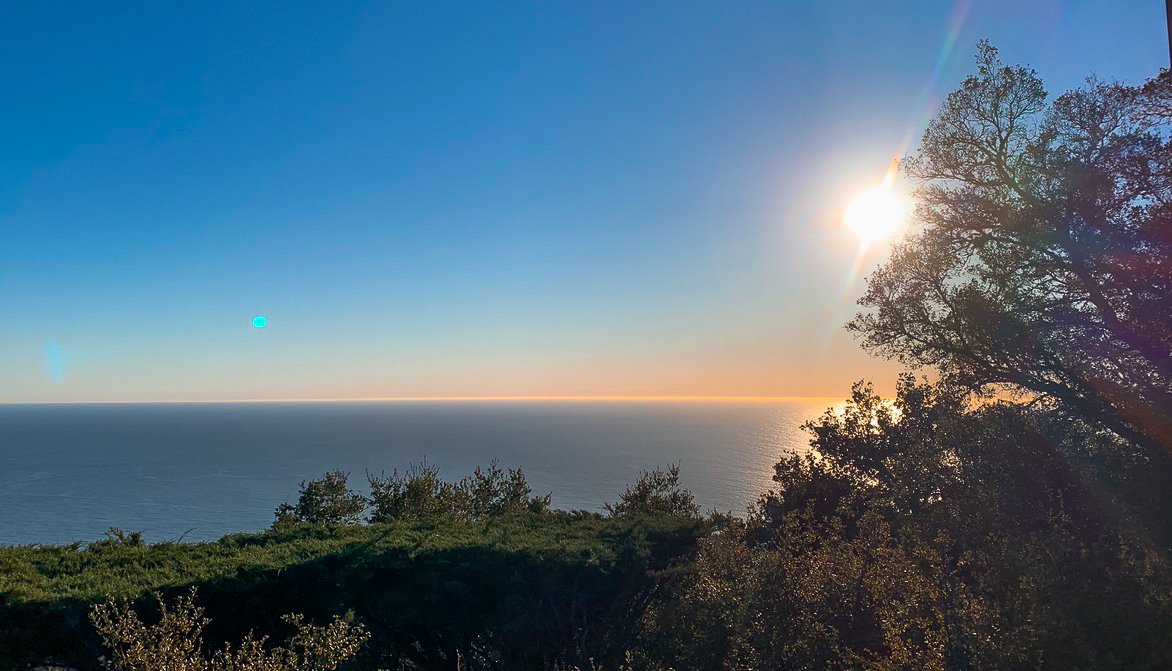
Robert Fuller's Search for Vasquez Treasure: An Untold Story of Lost Treasures in California
Tiburcio Vasquez, born in 1835 in Monterey, became one of California's most notorious bandits, believed to have hidden vast treasures across the state of California. His criminal activities climaxed with the violent Tres Piños incident of 1873, resulting in his capture and subsequent execution in 1875, leaving behind tales of buried gold that captivate treasure hunters to this day. This fascination with Vasquez's supposed hidden treasures forms a unique chapter in the chronicles of lost treasures in California, stirring the curiosity of adventurers and historians alike.
Among those captivated by the allure of finding Vasquez's treasure was Robert Merton Fuller, a Los Angeles machinist, who in the 1950s poured his resources and zeal into unearthing the treasure allegedly buried in the Santa Susana mountains. Fuller's tragic end in July 1954, found dead at the bottom of a 40-foot shaft, only deepened the mystery and speculation surrounding the treasure's existence. Whether Fuller met his demise finding the treasure, fell victim to foul play, or succumbed to natural causes remains a subject of debate, enriching the lore of California's gold and treasure pursuits.
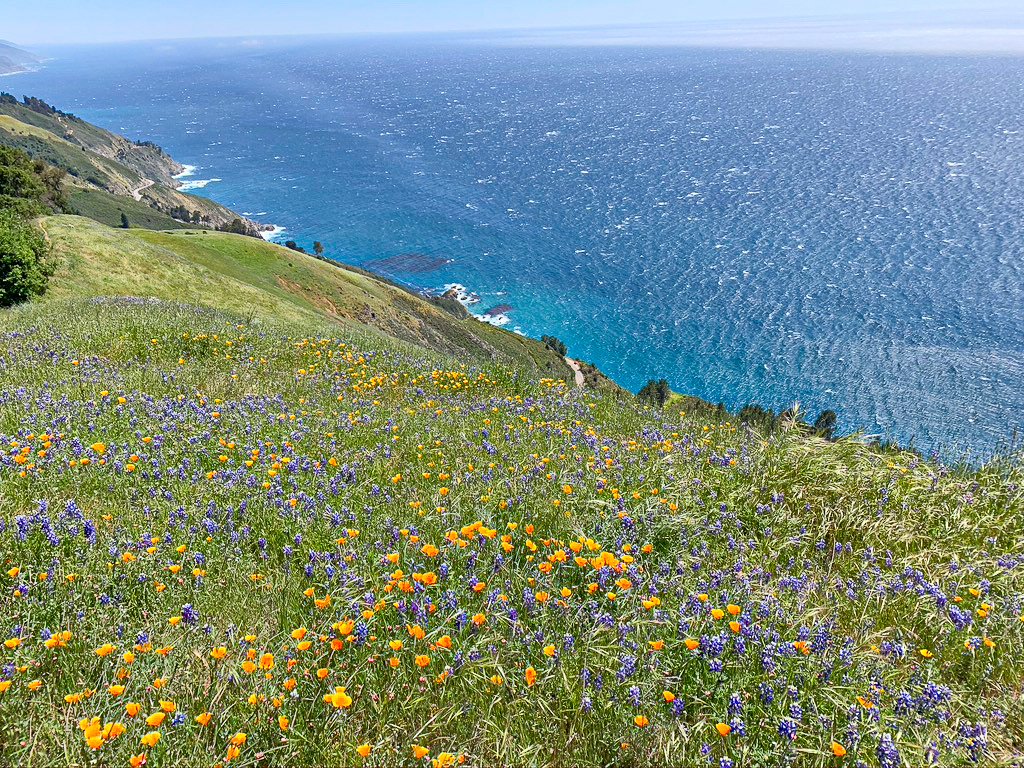
Adventuring Big Sur: All You Need to Know about Hiking Timber Top Trail
The Boronda Trail to Timber Top Camp in Big Sur offers adventurers a challenging yet rewarding journey, marked by sweeping coastal views and rigorous paths. This trek spans a 6.2-mile roundtrip and is classified as difficult, making it a pinnacle experience for backpacking in Big Sur.
The trail epitomizes the rugged beauty and challenges that define backpacking in this iconic Californian landscape. This article offers insights for navigating the demanding terrain of the Timber Top Trail, from preparation to conservation efforts, ensuring a memorable expedition.
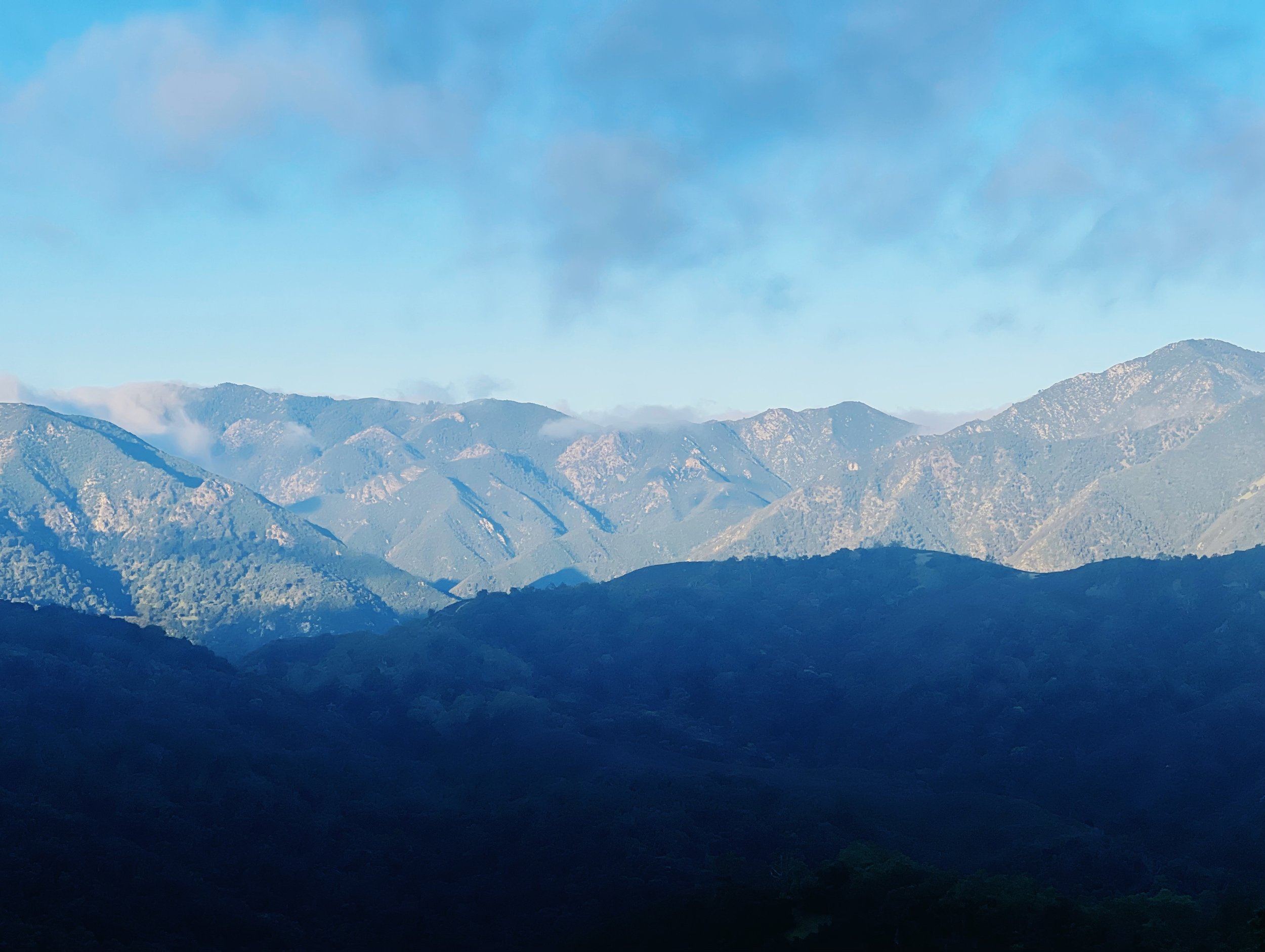
The Santa Lucia Mountain Range
The Santa Lucia Mountain Range stretches from Carmel southeast to the Cuyama River in San Luis Obispo County over 140 miles. Characterized by its rugged terrain, the Santa Lucia Range is uniquely positioned, never more than 11 miles from the coast, boasting the steepest coastal slope in the contiguous United States. Cone Peak, standing at 5,158 feet, is the highest peak in proximity to the ocean in the lower 48 United States.
This guide explores the Santa Lucia Range’s geography, historical significance, peak and terrain features, and the diversity of flora and fauna. Additionally, it will cover the conservation efforts within national forests to preserve its pristine beauty and the range of recreational activities available. From its scenic highways to the array of outdoor pursuits it offers, Santa Lucia and its mountains hold a special place for both the adventurer and the environmental enthusiast.
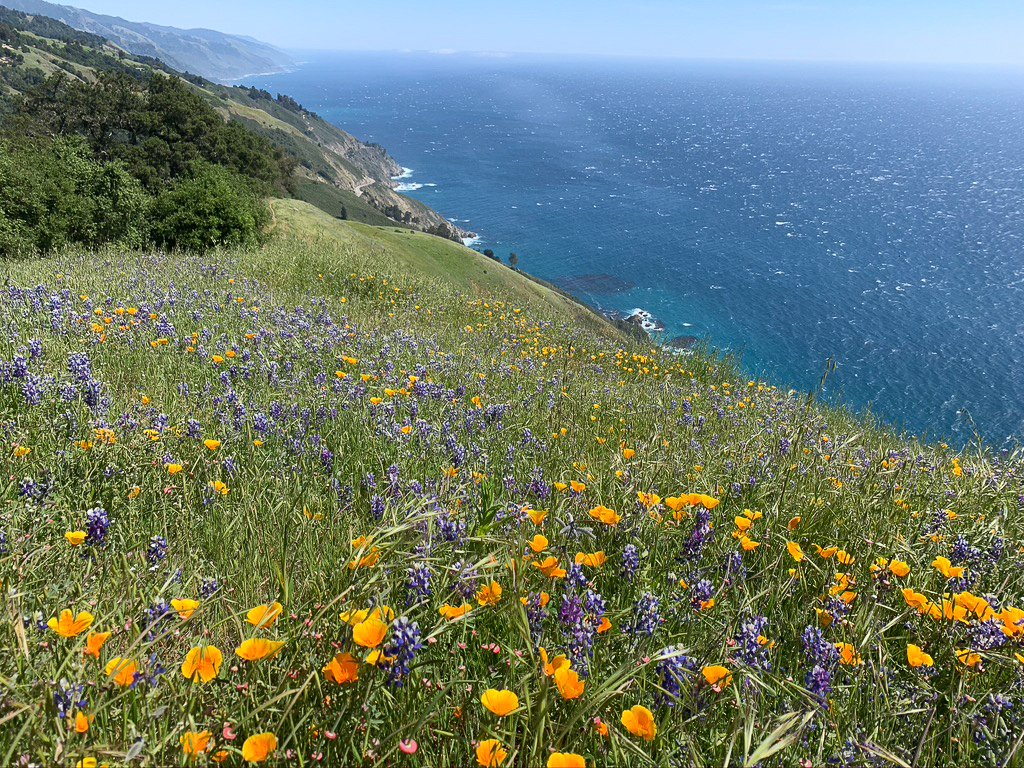
Condors in Big Sur: An Insightful Exploration of their Status and Survival
The California Condor, recognized as one of the largest flying birds in the world and the largest land bird in North America, boasts a majestic wingspan of over nine feet and weighs up to 20 pounds. This remarkable species, however, faced a sharp decline in population due to shooting, poisoning, and habitat destruction, leading to the last wild California Condor being taken into captivity in 1987 to save it from extinction. Thanks to a concerted effort through captive breeding and reintroduction programs, such as those spearheaded by the Ventana Wildlife Society in 1997, the total population saw a gradual increase that continues to today.
This article explores the plight faced by the California condor, the pivotal conservation efforts in Big Sur, and how these initiatives contribute to the ongoing survival and recovery of the condors.
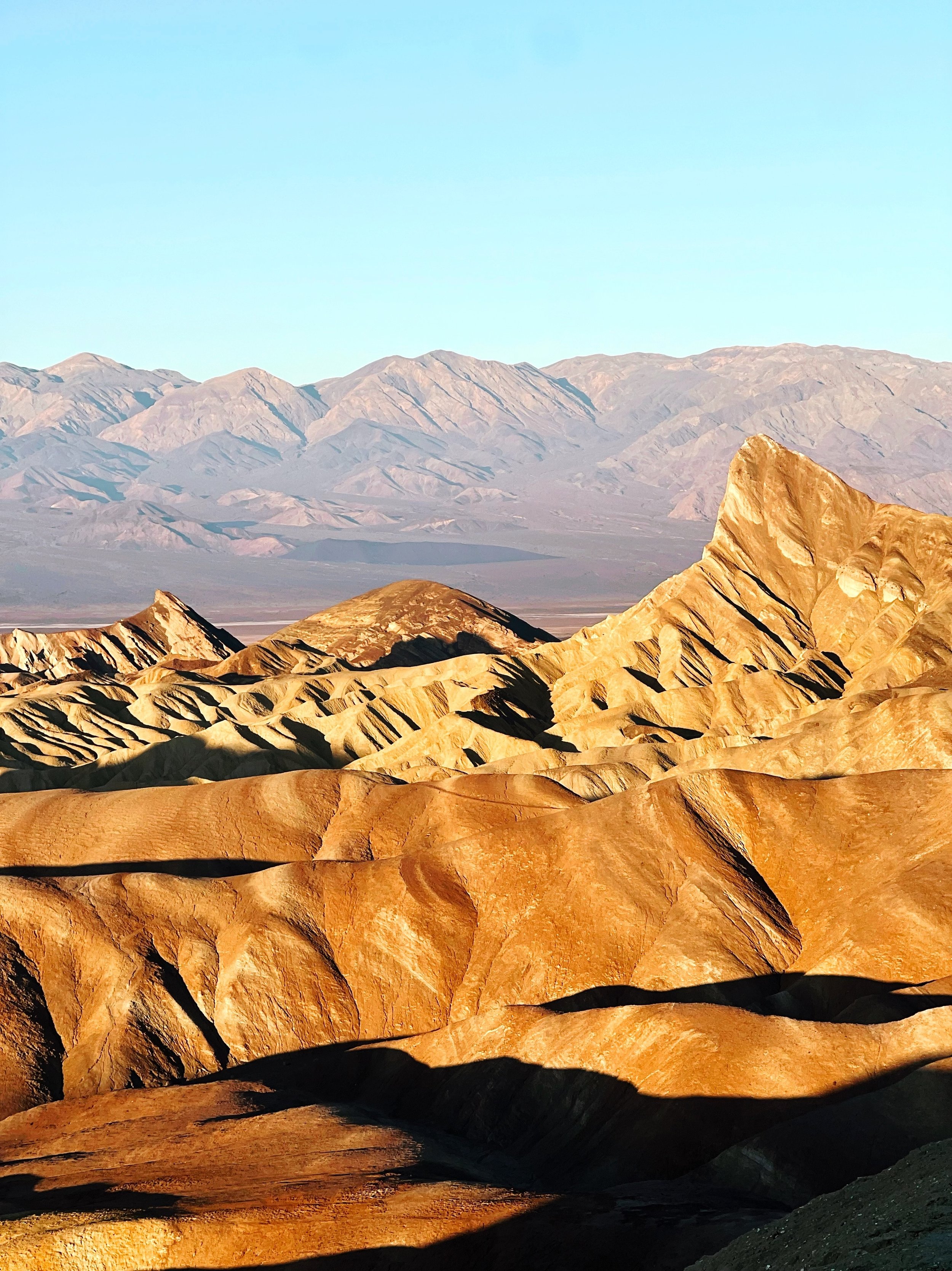
Link to Petition to “Make the Department of the Interior accountable for persons missing in our National Parks & Forests”
Link to Petition to “Make the Department of the Interior accountable for persons missing in our National Parks & Forests”
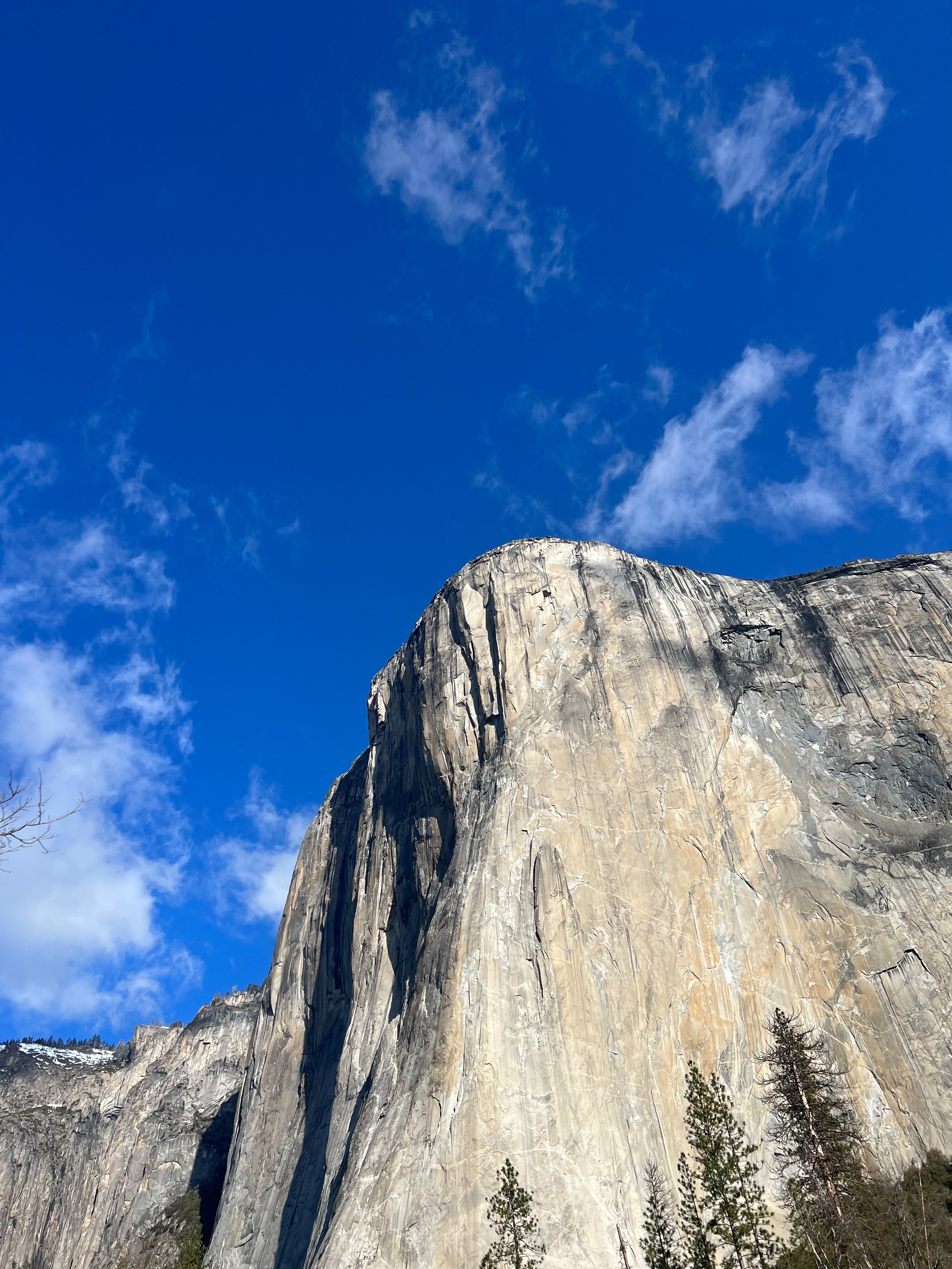
Yosemite Missing Persons: The (Un)Known Numbers of Lost Children and Adults
Yosemite National Park, spanning 748,542 acres with 360 miles of paved roads and 800 miles of developed trails, is a renowned destination for countless visitors each year. Along with its beauty, the park is also known for a more troubling aspect: missing persons. The park's large area, combined with the complexity of its terrain, contributes to the challenge of locating missing individuals promptly.
The Yosemite National Park missing persons phenomenon is one of the largest clusters in the world, drawing attention not only for the number of instances but also for the varied and sometimes unexplainable circumstances surrounding those disappearances. Reasons range from accidents and criminal activity to more speculative causes, with no shortage of theories attempting to explain the unsettling trend. This article aims to explore some data on missing persons in Yosemite, search and rescue operations, and discuss the challenges in preventing and managing these cases, offering readers a look into this perplexing issue.
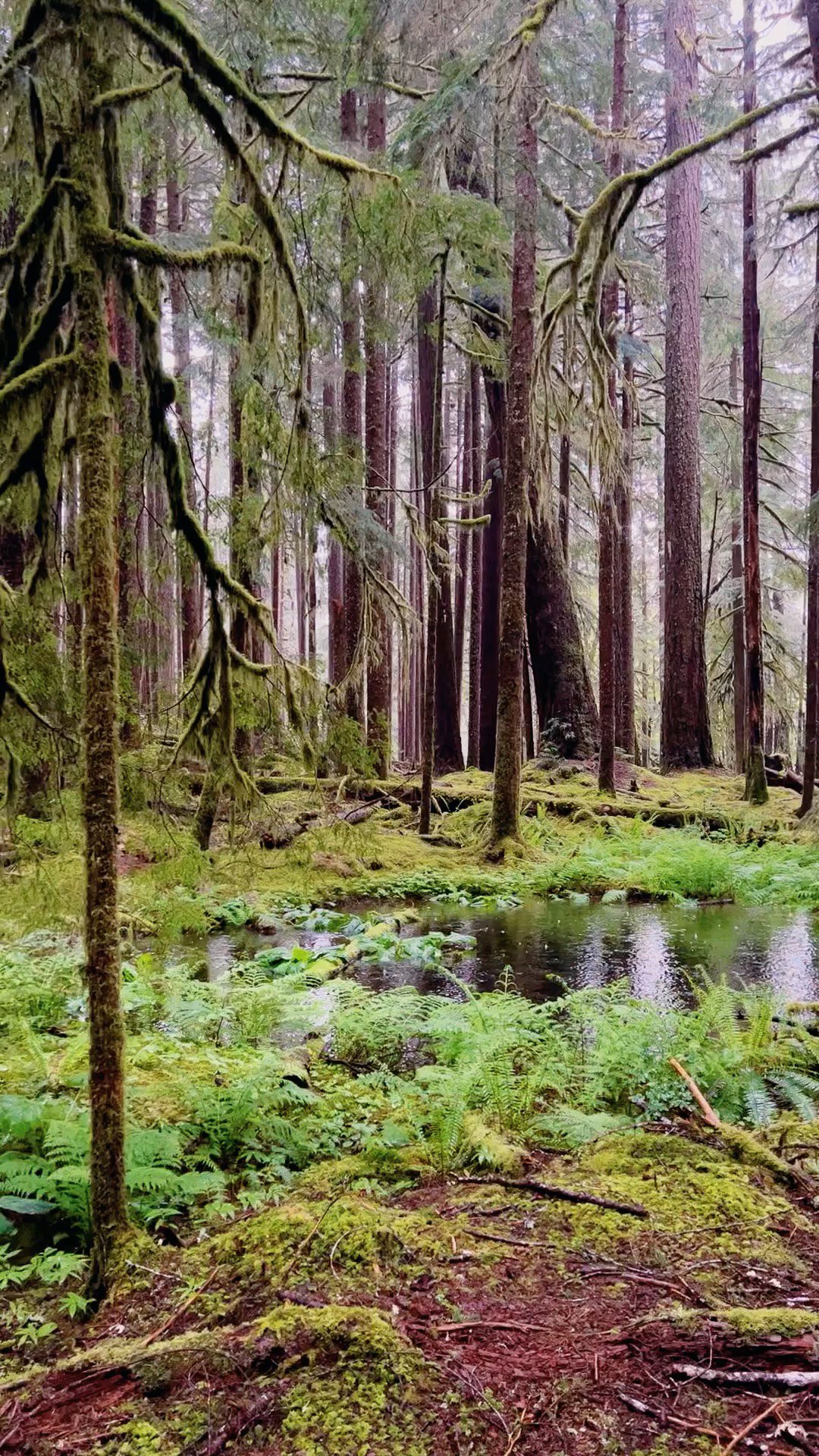
The Ecosystems of Olympic National Park
Olympic National Park, in the Pacific Northwest corner of Washington State, spans nearly one million acres and is a treasure trove of natural beauty. This park is unique for its diversity in ecosystems ranging from glaciated mountains and rugged Pacific coastline, to lush temperate rainforests. These are unique habitats for endemic species like the Olympic marmot and the Olympic torrent salamander. The park's rich biodiversity and unique abundance of plant and animal species make it a haven for wildlife enthusiasts, offering sightings of sea otters, whales, beavers, bears, and more.
This article explores the distinct ecological regions of Olympic National Park including its coastal ecosystems, temperate rainforests, lowland forests, alpine areas, and the intriguing life within its rivers and lakes. Through these sections, readers will gain insights into the park's fascinating history, the crucial role it plays in wilderness conservation, and why it's a must-visit for anyone interested in backpacking, exploring glaciers, or soaking in natural hot springs.
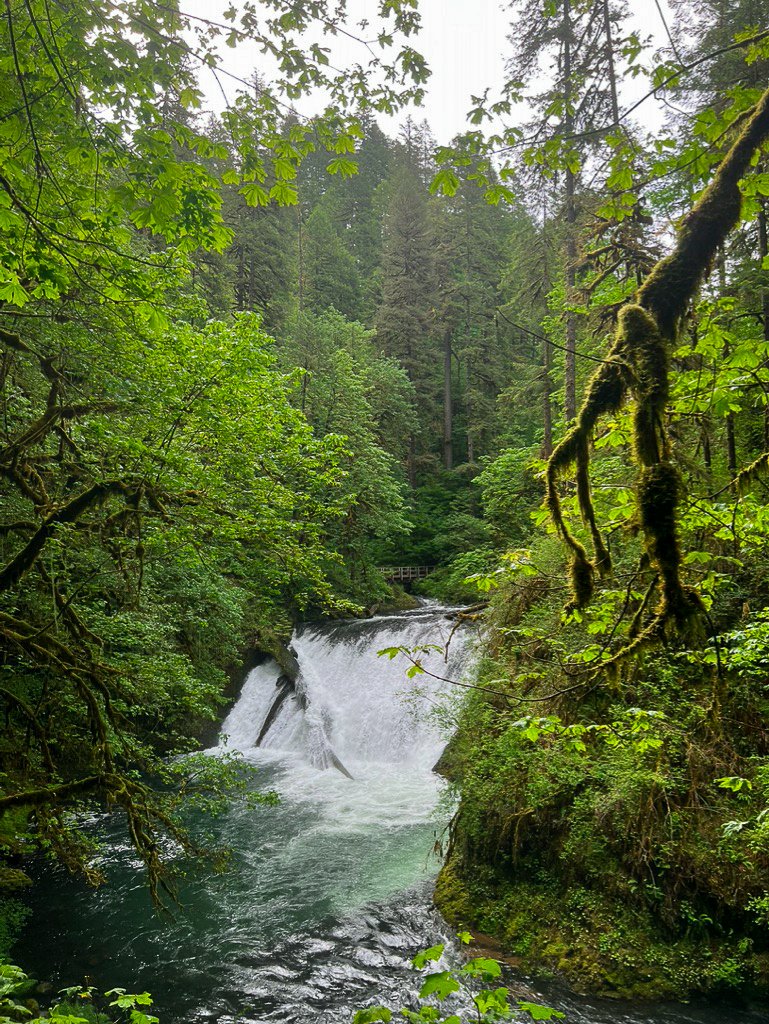
Beavers: The Workaholics of Oregon's Wildlife
The American beaver holds a prestigious place within Oregon's wildlife, standing as the state symbol, the mascot for Oregon State University, and a celebrated emblem on the reverse side of Oregon's state flag. Known for their remarkable engineering prowess, these beavers create habitats by constructing dams across streams and rivers throughout Oregon, offering critical ecosystem services and thriving in their natural habitat. Despite facing near extinction from fur trapping in past centuries, the resilience and concerted conservation efforts have led to the successful restoration of American beavers across many of Oregon's waters, heralding a promising future for these industrious creatures.
Beavers, often hailed as 'nature's engineers', play a pivotal role in enhancing biological diversity. Their skillfully constructed dams not only manage water flow but also create seasonal habitats for a wide array of wildlife, including insects, amphibians, reptiles, birds, fishes, and mammals. This intricate balance between beaver activity and habitat creation illustrates the profound impact these creatures have on Oregon's ecological health and biodiversity. The conservation of beavers and their habitats is thus critical, not only for sustaining their populations but for maintaining the ecological integrity of Oregon's waterways and surrounding environments.
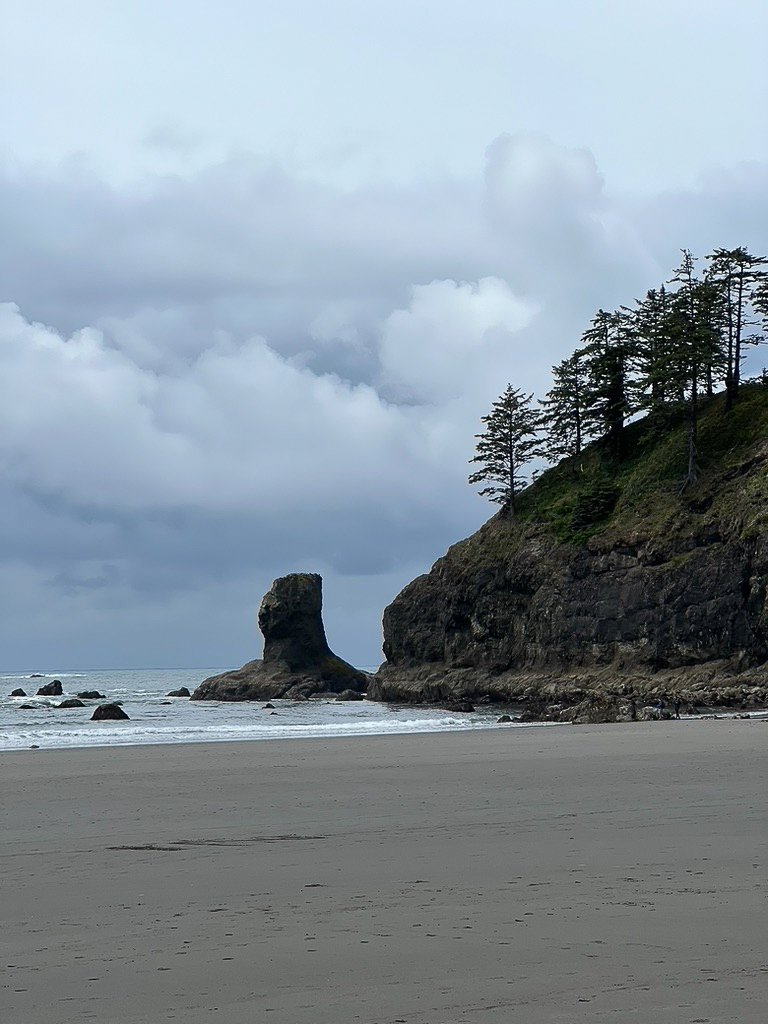
Discover UNESCO World Heritage Sites in the Western U.S.
The United States ratified the World Heritage Convention on December 7, 1973, demonstrating a commitment to identify, preserve, and celebrate the world's most significant natural and cultural landmarks. The Western U.S. is home to several breathtaking UNESCO listings, including renowned parks like Yosemite and Olympic National Park.
This article explores a couple iconic UNESCO World Heritage Sites in the Western U.S., including the majestic landscapes of Yosemite, the ancient Redwoods, and the unparalleled beauty of Olympic National Park. The journey doesn't stop at these well-known landmarks; it also touches on the importance of these sites to cultural heritage and conservation efforts, as well as the critical role visitors play in their preservation. Discovering these treasures not only enriches our understanding of natural and cultural significance but also emphasizes the responsibility shared by all to protect these wonders for future generations.
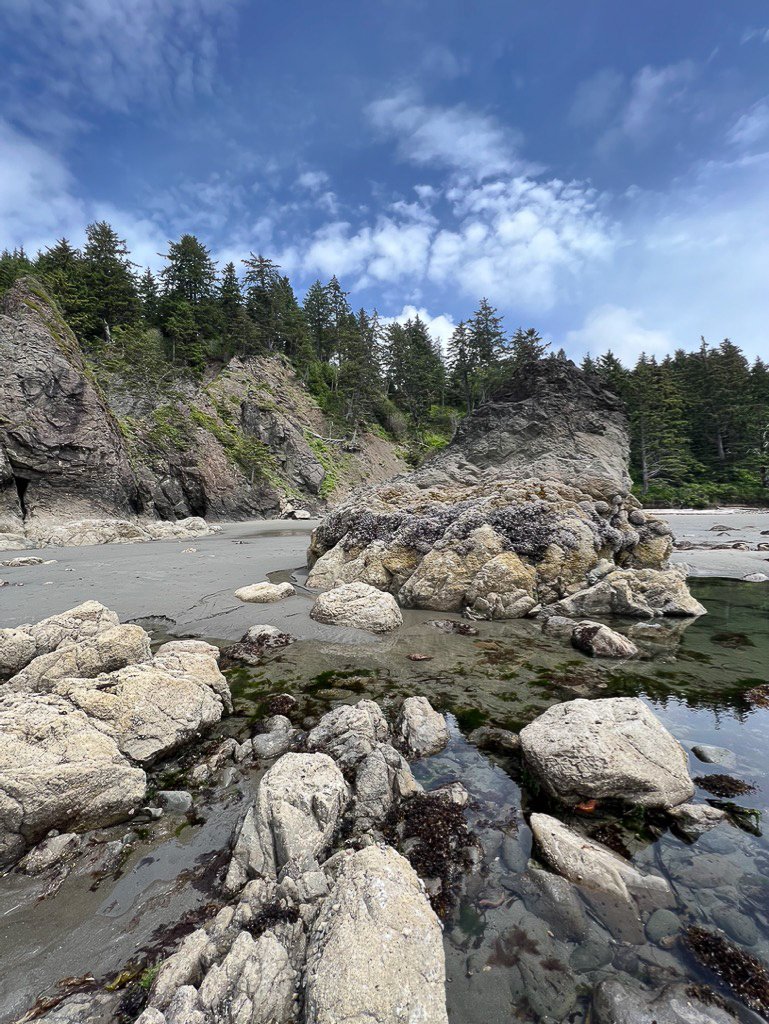
The UNESCO World Heritage Site: An Informational Guide
The UNESCO World Heritage Site status is celebrated as a mark of 'outstanding universal value to humanity', emphasizing the importance of preservation for future generations. This prestigious designation, managed by UNESCO's World Heritage Centre, encompasses an array of unique and diverse locations worldwide, such as the Serengeti in East Africa, the Pyramids of Egypt, and Yosemite National Park in the United States.
Selected based on their exceptional universal value, UNESCO World Heritage Sites must meet at least one of the ten selection criteria to ensure their significance in cultural, historical, scientific, or other domains is recognized globally. These sites, forming an integral part of the world's heritage, belong to all peoples regardless of their geographical location.
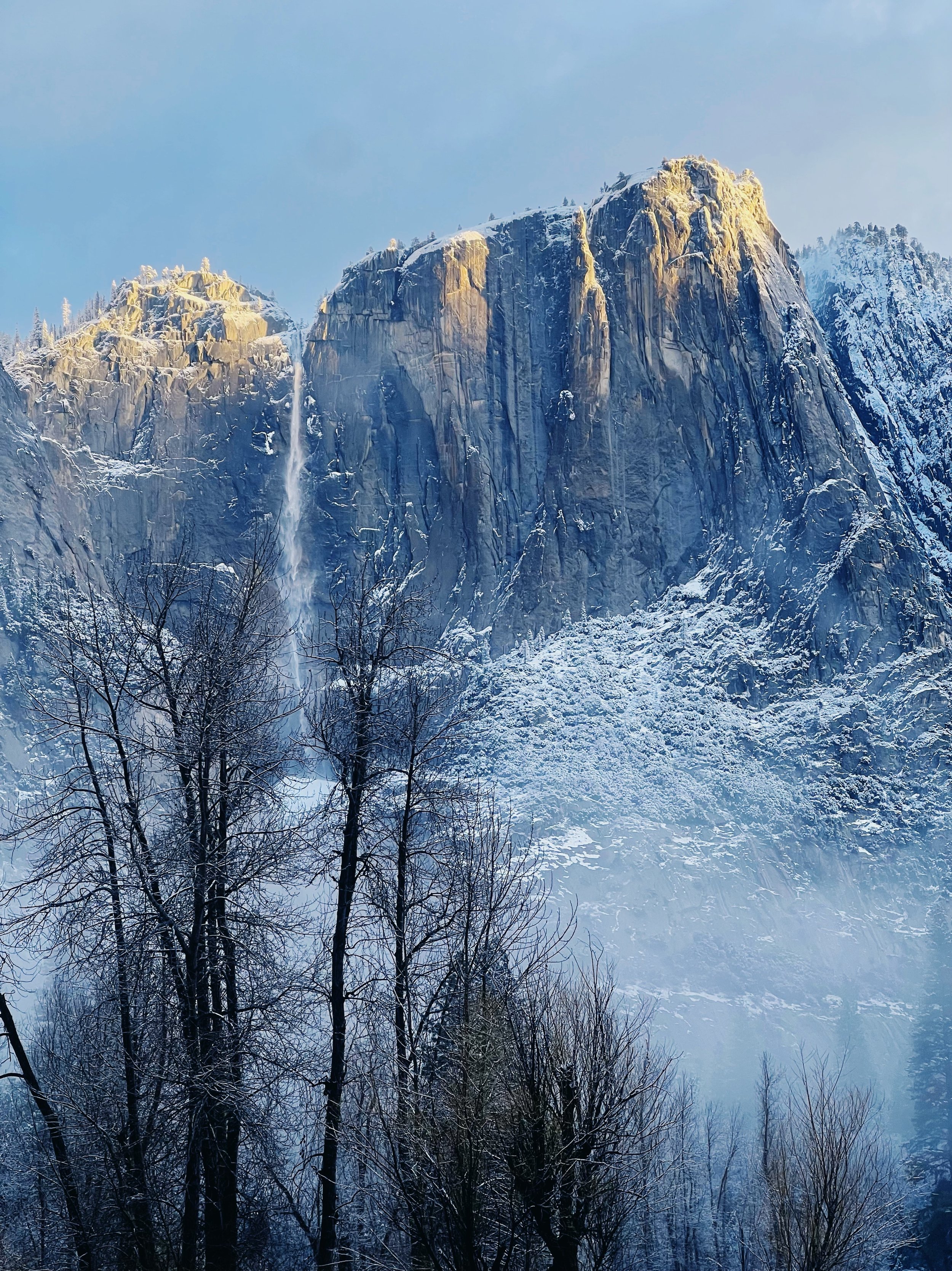
Discovering Yosemite Falls
Yosemite Falls, a remarkable spectacle in the Yosemite National Park, is one of the tallest cascades in North America. This awe-inspiring waterfall, towering at 2,425 feet, boasts a three-tiered structure, comprising the Upper Yosemite Fall, the middle cascades, and Lower Yosemite Fall.
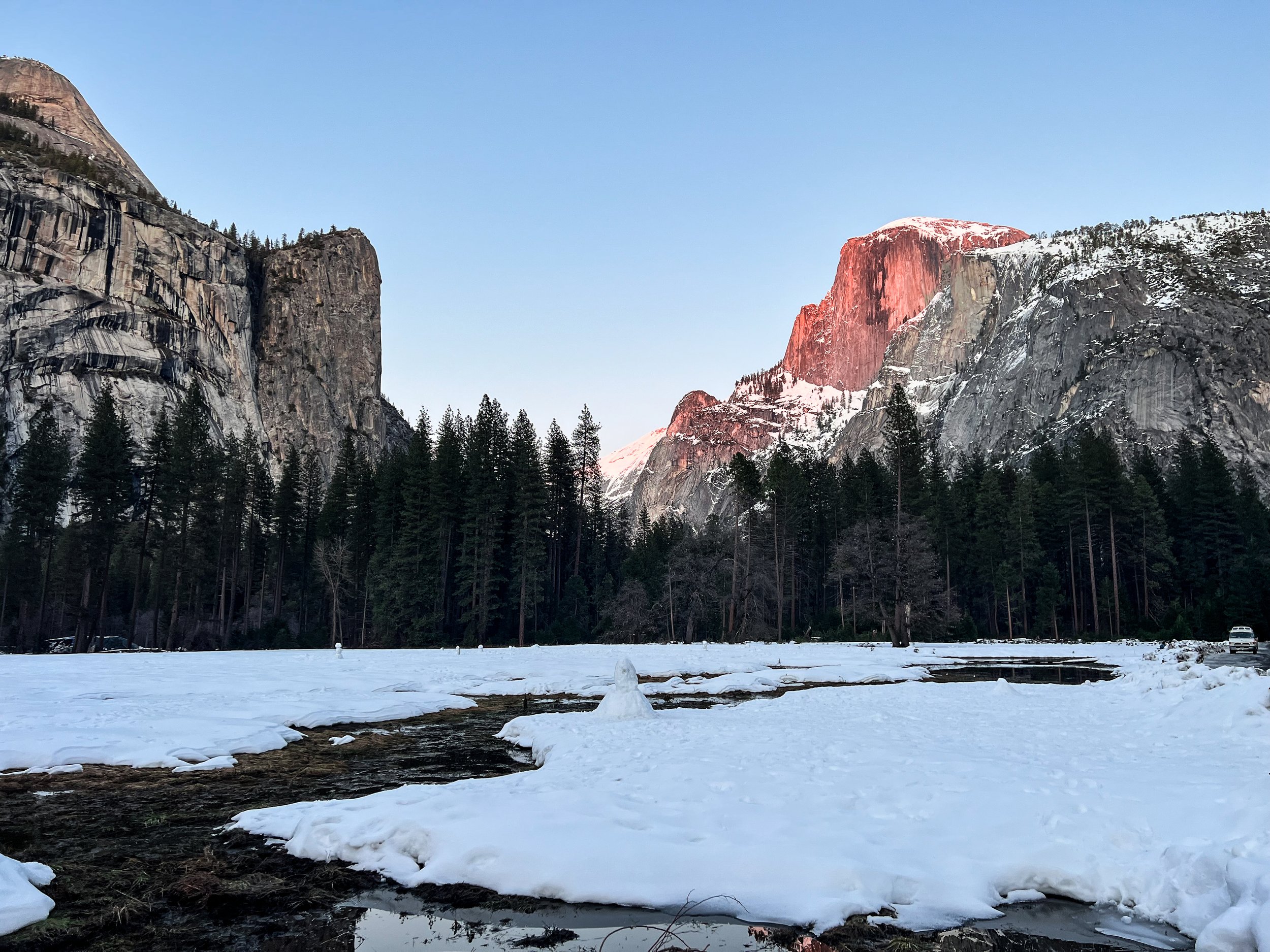
Bigfoot in Yosemite National Park
Bigfoot, the legendary giant that has intrigued millions, finds a notable presence within the verdant expanses of Yosemite National Park. Described as a creature standing between 6ft and 9ft tall, cloaked in dense brown and black fur, and bearing an uncanny resemblance to an ape-like human, Bigfoot garners attention for its elusive nature, seldom making contact with humans but known to emit a bloodcurdling roar when confronted. This enigmatic being is not just a feature of local lore but has been woven into the fabric of global folklore for centuries, securing its place in the mysteries that shroud America's National Parks, particularly Yosemite.
The legend of Bigfoot in Yosemite, catalyzed by a flurry of eyewitness accounts detailed in thousands of instances, propels this article to explore some of the historical sightings of tales surrounding sasquatch in Yosemite National Park. From its roots traced back to a 1958 report in the Humboldt Times to its evolution as a cultural phenomenon, Bigfoot's journey is one of intrigue and mystery in the heart of Yosemite National Park.
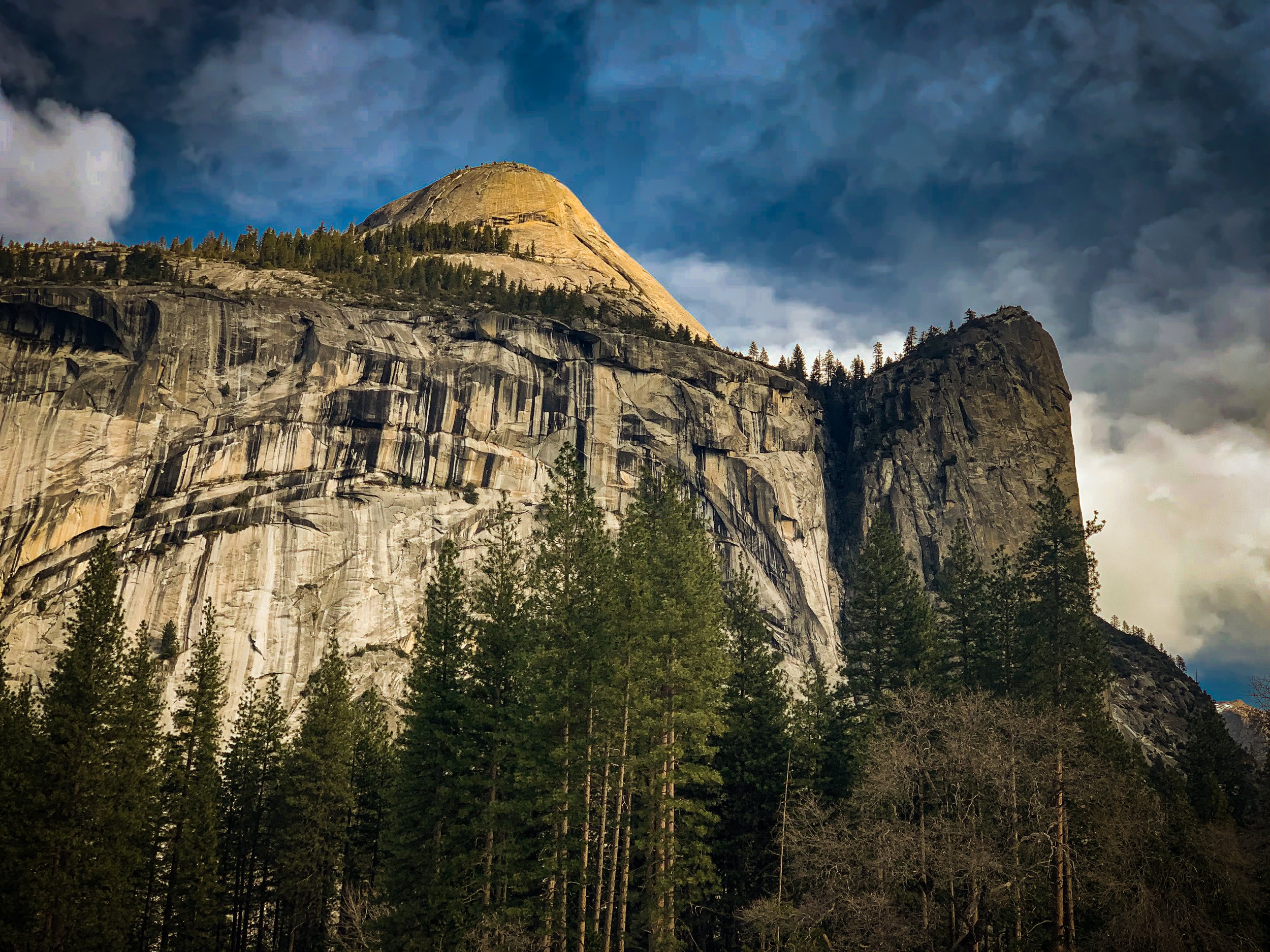
The Forgotten Children of Yosemite National Park
Yosemite National Park holds a disturbing record - it's the site where hundreds of children have mysteriously vanished. These baffling disappearances are shrouded in a cloak of supernatural circumstances, adding a chilling facet to the park's otherwise enchanting allure.
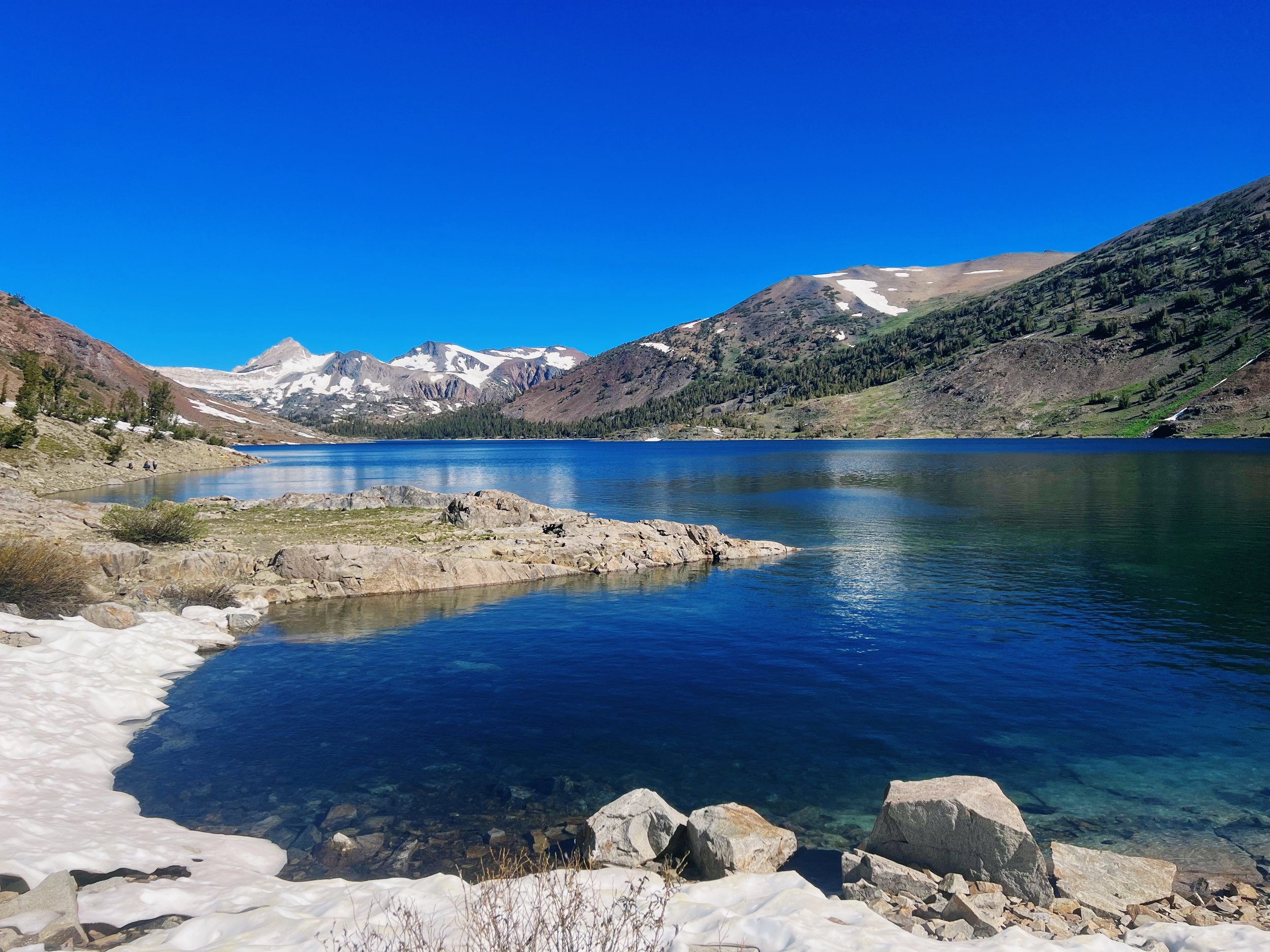
A Guide to Exploring California’s Saddlebag Lake Loop
Saddlebag Lake Loop is part of Inyo National Forest near the eastern border of Yosemite National Park. The trail is celebrated for its rugged beauty and alpine terrain. The loop spans approximately 11.5 miles and climbs 2,200 feet in elevation, offering breathtaking views of Saddlebag Lake, Silver Lake, and a panorama of the Sierra Crest and Mono Craters. It's a path that weaves through the High Sierra, presenting landscapes akin to the iconic vistas found within Yosemite itself, making it an unforgettable hike for those exploring the area. With the best conditions from July to September, when the trail sheds its snowy facade, hikers can enjoy the full splendor of the Twenty Lakes Basin.
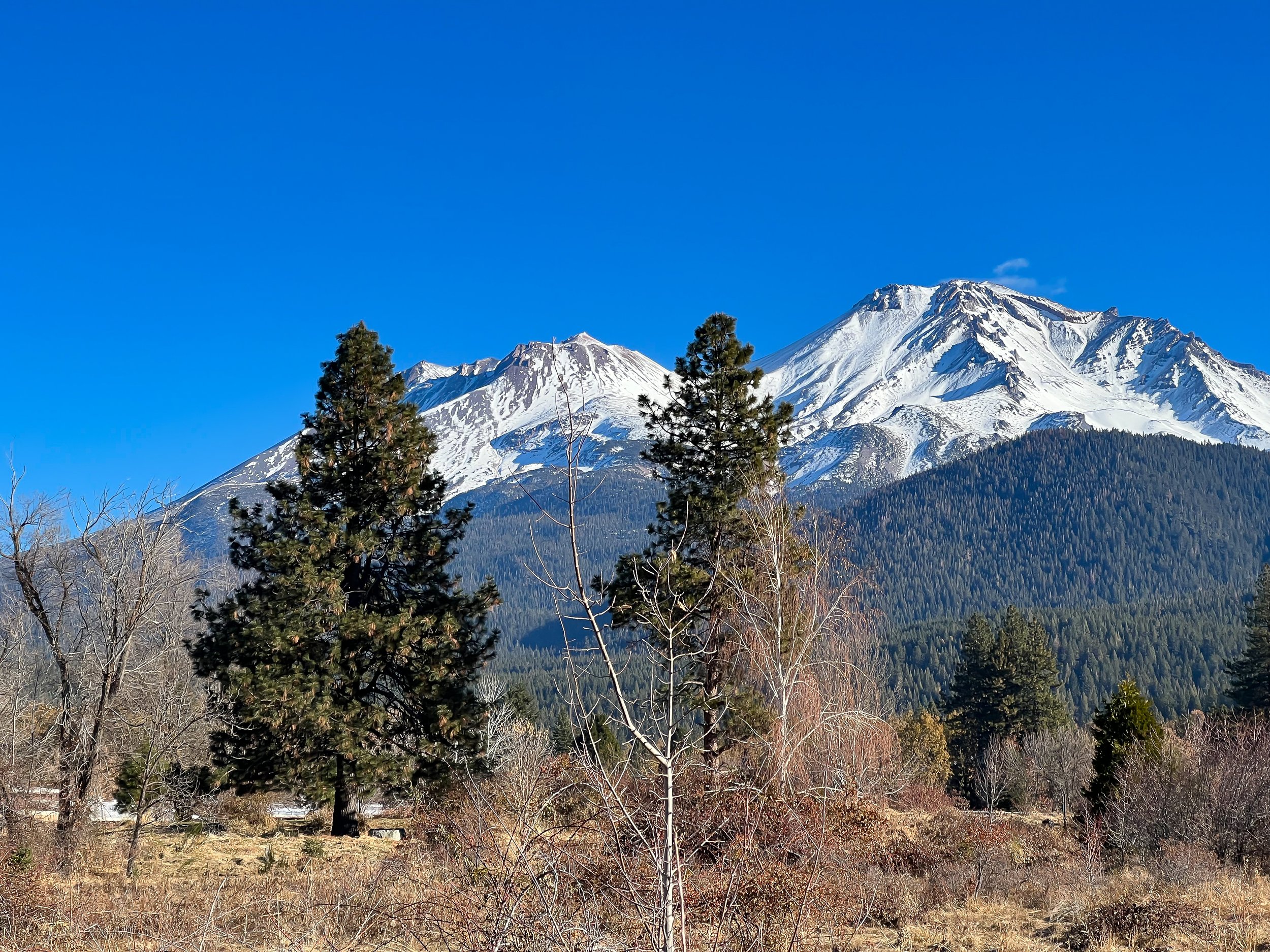
Mt. Shasta, Pluto's Cave, and Extraterrestrial Life
Mt. Shasta is not just a volcano but a beacon for mystique and spiritual exploration. The mysteries of this mountain are enriched by indigenous history and legends, local eyewitnesses, and records of strange phenomena.
Pluto's Cave, a mile-long lava tube named after the Greek God of the underworld, adds another layer to the area's allure. Some suggest the cave is a portal to other worlds and linked to extraterrestrial connections. The frequent sight of lenticular clouds often mistaken for UFOs fuels the narrative that Mt. Shasta is a hotspot for otherworldly life and unexplained phenomena.

The Story of California’s Golden Trout
The California golden trout are native to the southwestern slopes of the Sierra Nevada and are an icon of California’s natural beauty and ecological diversity. This species, originating from Golden Trout Creek and the South Fork Kern River, is celebrated for its vibrant coloration and remarkable beauty. Renowned for its striking appearance, the California golden trout boasts a red-orange belly set against an olive-green back, complete with distinctive dark spots that make it a favorite among anglers and nature-lovers.
The Golden Trout has a unique story of adaptation and survival. A lone, pure population of goldens have clung to survival in a small area of the California backcountry. This article explores the challenges and triumphs surrounding the conservation of the California golden trout including its historical range and decline, current population status, and the threats to its genetic integrity. Further exploration will reveal ongoing conservation efforts, the impact of climate change, and the essential actions needed to ensure the future of this iconic species as a keystone species of the Sierra Nevada.
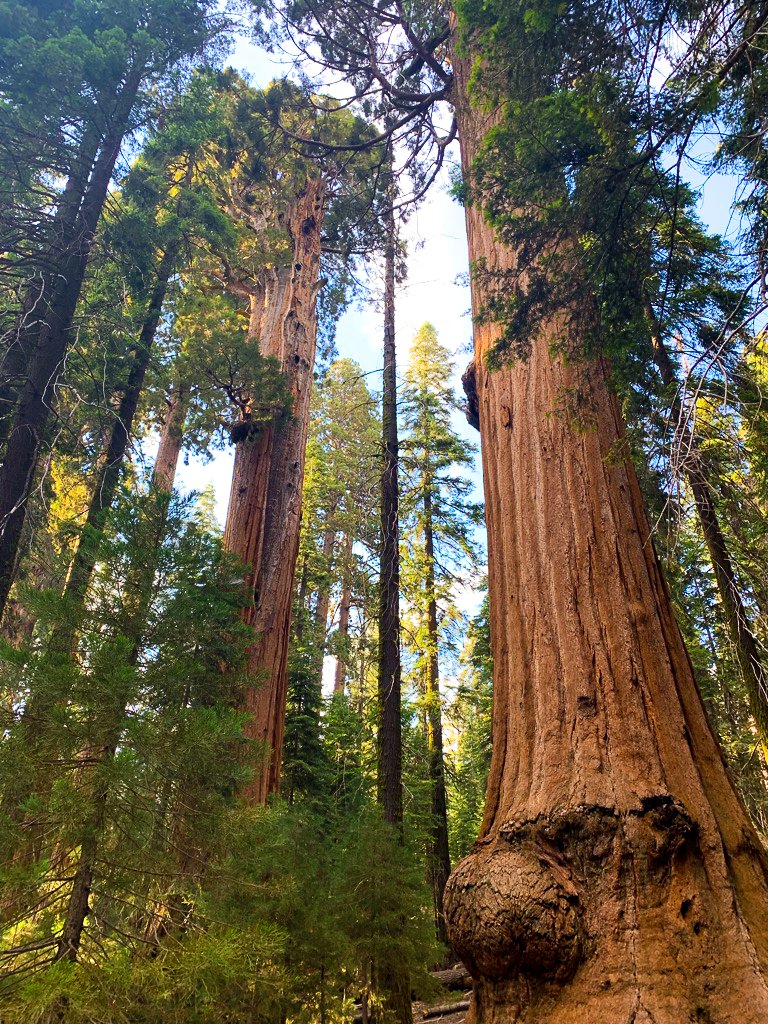
Discover the High Sierra: Hiking Trails in Kings Canyon National Park You Can't Miss
Sequoia-Kings Canyon National Park, nestled in the rugged landscape of California, is renowned for its diverse array of hiking trails suitable for adventurers of every level. The park is treasured for its natural wonders, including the General Grant Tree— the second largest tree in the world—and the formidable Kings Canyon, one of the deepest canyons in North America. For those seeking outdoor pursuits, Kings Canyon serves as an ideal backdrop, offering routes such as the Mist Trail and John Muir Trail, each weaving through the park's pristine wilderness.
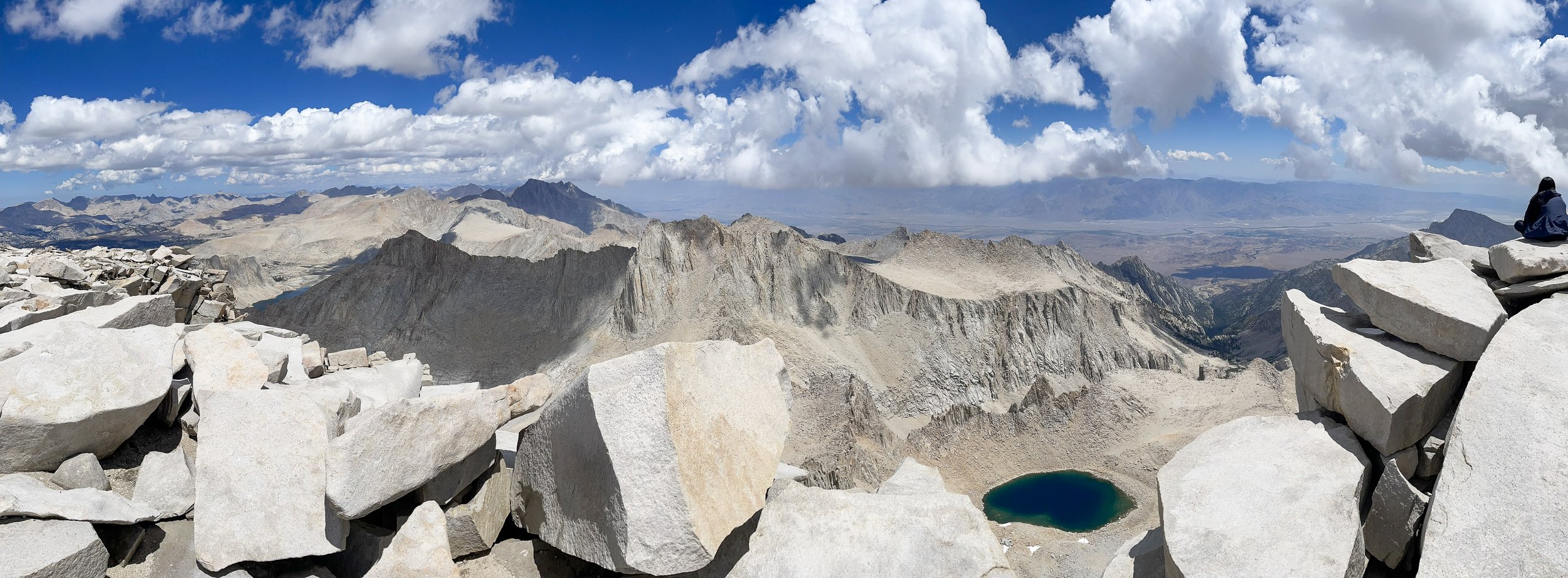
The Science Behind Increased Urination at High Elevation
Venturing to high elevations subjects the body to lower oxygen levels, approximately 60% of what is available at sea level. This diminished oxygen supply, or hypoxia, triggers a myriad of physiological alterations, including an uptick in respiration and heart rates, fluid release by the blood, visual impairments, and a notable increase in the blood's pH levels to become more alkaline. These effects are in response to the body's response to high altitude environments.
This article explores the science related to the body's adaptation to high elevation, with particular focus on the increased urination phenomenon known as altitude diuresis. Additionally, it will touch upon the implications of dehydration and fluid balance and offer prevention and management strategies for individuals exposed to high elevations. It is imperative to have an understanding of the science behind our body’s physiological responses at high elevation.
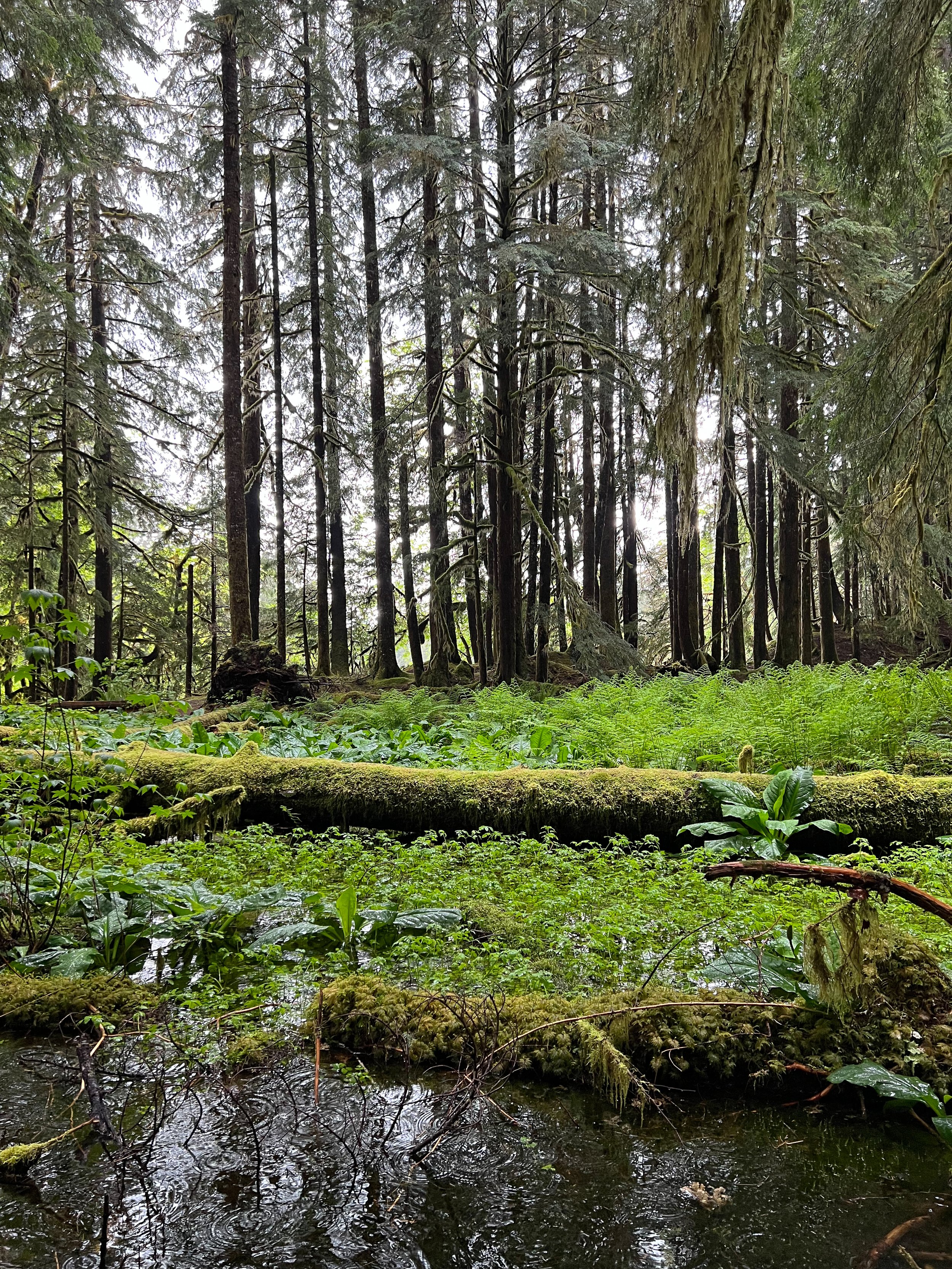
Smart Guide: Tips for Hiking in the Rain
Hiking in the rain, with its unique challenges and rewards, can transform a routine trail into an enchanting adventure. Proper preparation is crucial to embracing the rainy hiking experience fully, from selecting the right gear to understanding the nuances of wet-weather navigation. The trick lies in gearing up correctly, and being keenly aware of trail hazards that the weather might bring.
Hiking in the rain goes beyond merely enduring the weather; it's about enjoying the lush landscapes and the fresh, earthy scents that come alive when it rains. This guide covers tips for staying safe and making the most out of your rain-soaked hiking, camping, or backpacking adventure. Embracing the rainy environment invites a memorable outdoor experience that stands out from the typical sunny-day excursions.